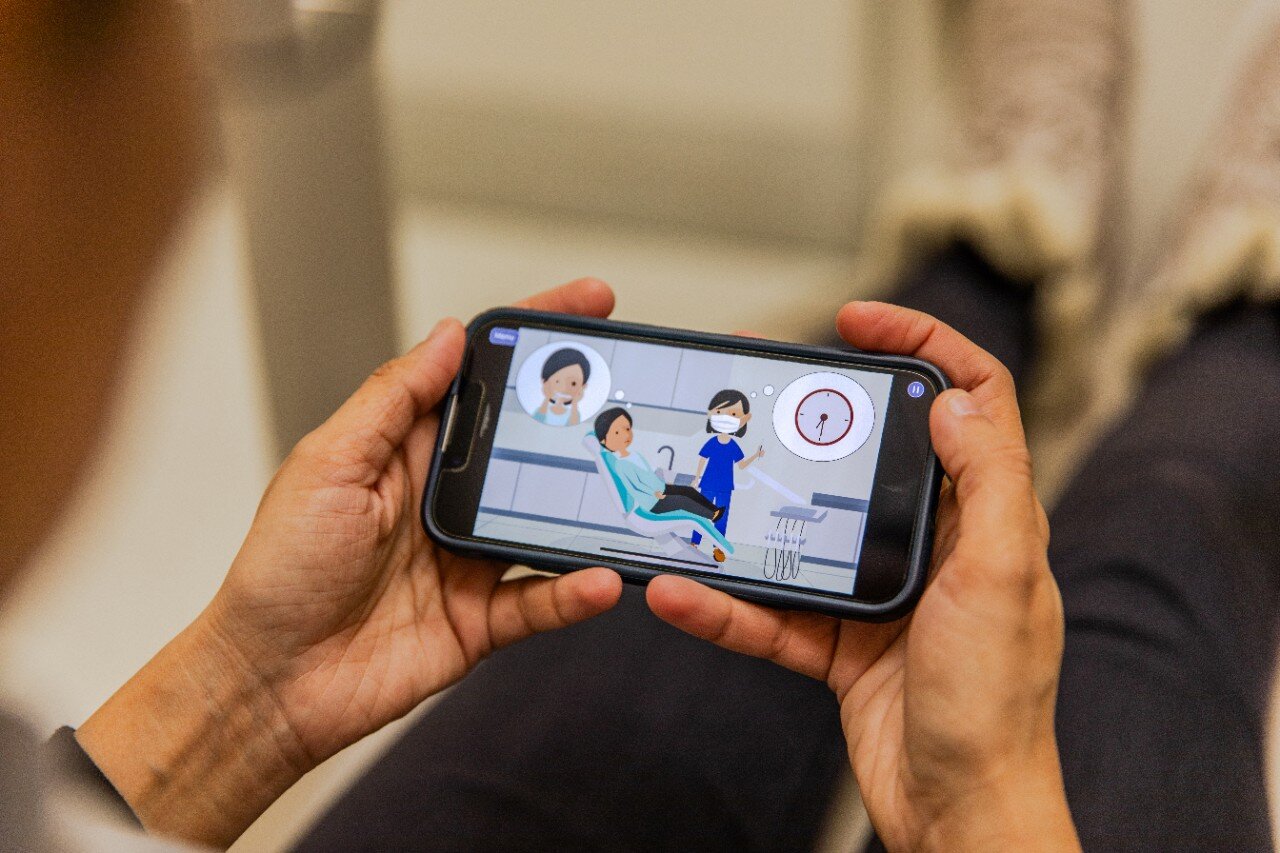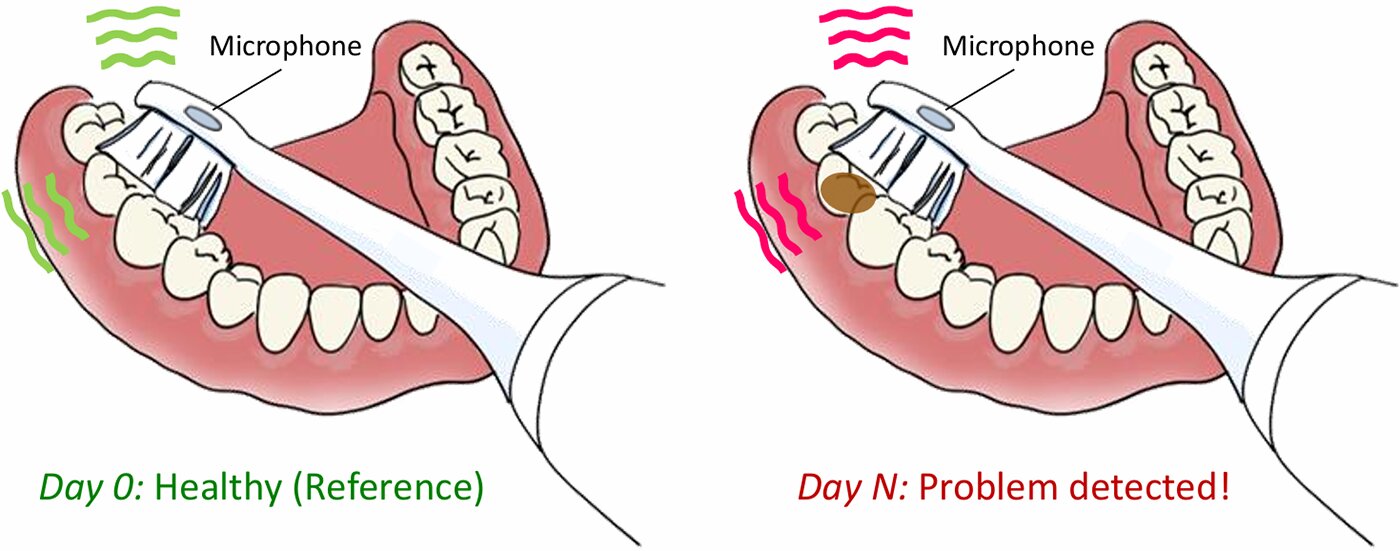
Researchers at INRAE have developed an artificial mouth to reproduce and better understand the processing of soft foods. The device is based on anatomical data collected at the Fujita Health University and features a silicone tongue that contracts using compressed air to mimic the movements of the human tongue. The results were published on October 15 in the journal Scientific Reports.
With a rising world population and aging demographics, one of the challenges for the food industry is to be able to offer innovative products meeting the needs of people suffering from age-related pathologies, such as sarcopenia or problems with salivation or swallowing.
Current in vitro models do not always accurately reproduce the anatomy of the mouth or tongue movements and are therefore of limited help when developing food tailored to the specific needs of different populations.
In this context, researchers from INRAE and their Japanese counterparts at Fujita Health University have collaborated to design the first artificial mouth with a tongue that can be programmed to simulate the contractions and movements observed in vivo. The tongue is made from a silicone designed to reproduce the elasticity, wettability and roughness of the human tongue. It includes three cavities that can be inflated and deflated by compressed air to accurately reproduce the movements observed in humans via ultrasound imaging.

This cutting-edge technology was tested with three commercially available soft foods: a cream dessert, a chocolate mousse and a chocolate fondant. The food boli obtained with the artificial mouth were very similar to the in vivo data collected on healthy participants, in terms of firmness, adhesive and cohesive properties and viscosity.
This device is a new asset for studying the dynamics of food oral processing, and researchers have already begun work to include mastication in subsequent designs.
More information:
Alejandro Avila-Sierra et al, A first-of-its-kind 3D biomimetic artificial mouth capable of reproducing the oral processing of soft foods, Scientific Reports (2024). DOI: 10.1038/s41598-024-73629-9
Provided by
INRAE – National Research Institute for Agriculture, Food and Environment
Citation:
Artificial mouth mimics human tongue movements to understand the oral processing of soft foods (2024, October 15)
retrieved 16 October 2024
from https://medicalxpress.com/news/2024-10-artificial-mouth-mimics-human-tongue.html
This document is subject to copyright. Apart from any fair dealing for the purpose of private study or research, no
part may be reproduced without the written permission. The content is provided for information purposes only.




